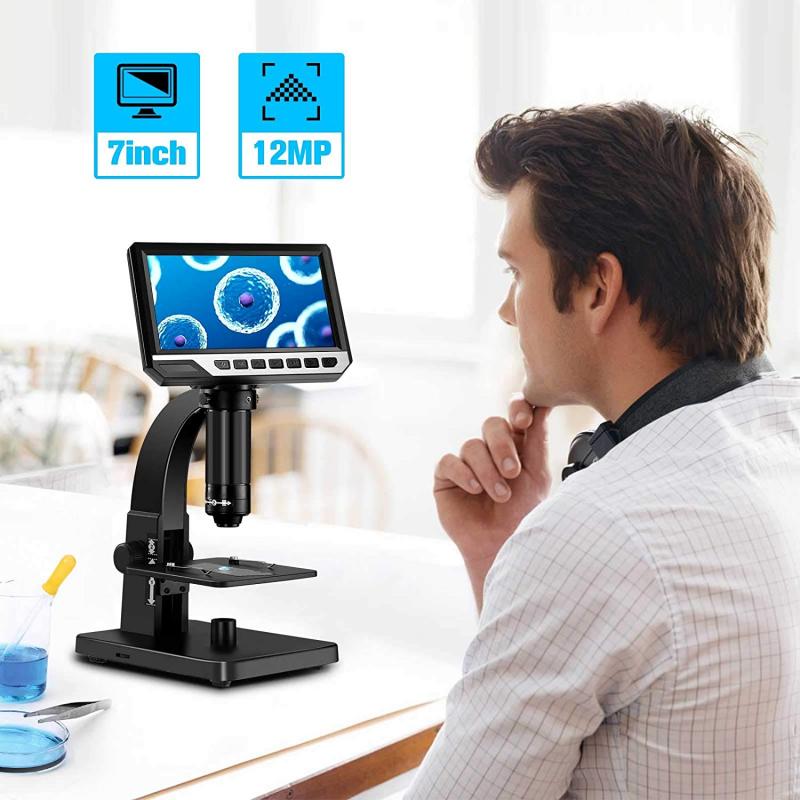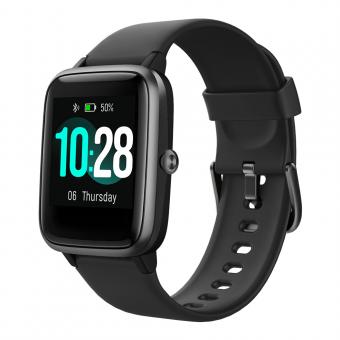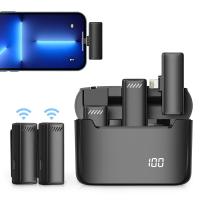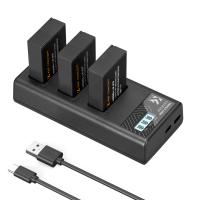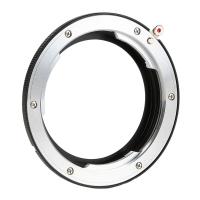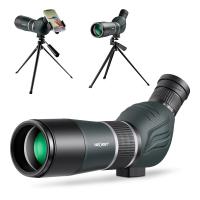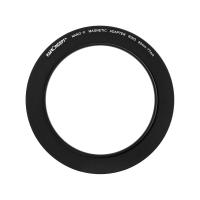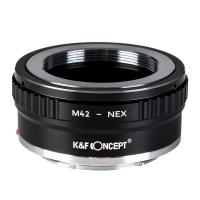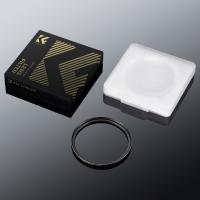How Are Digital Cameras Used To Monitor Volcanoes ?
Digital cameras are used to monitor volcanoes by capturing high-resolution images and videos of volcanic activity. These cameras are strategically placed near active volcanoes or on remote monitoring stations to provide real-time visual data. The images and videos captured by the cameras help scientists and researchers monitor changes in volcanic behavior, such as eruptions, gas emissions, and lava flows. This data is crucial for understanding volcanic processes, predicting eruptions, and assessing potential hazards. Additionally, digital cameras can be equipped with advanced features like time-lapse photography, thermal imaging, and remote control capabilities, allowing for continuous monitoring and analysis of volcanic activity.
1、 Remote sensing: Capturing images of volcanic activity from a distance.
Digital cameras are widely used to monitor volcanoes due to their ability to capture high-resolution images and videos in real-time. Remote sensing, which involves capturing images of volcanic activity from a distance, is a crucial technique in volcano monitoring. Digital cameras are mounted on various platforms such as satellites, drones, and ground-based observatories to capture images and videos of volcanic eruptions and other volcanic processes.
One of the main advantages of using digital cameras for volcano monitoring is their ability to provide real-time data. This allows scientists and researchers to closely monitor volcanic activity and make timely decisions regarding potential hazards and evacuation plans. Digital cameras can capture images and videos of volcanic plumes, lava flows, and other volcanic phenomena, providing valuable information about the size, shape, and behavior of the eruption.
In recent years, advancements in digital camera technology have further enhanced volcano monitoring capabilities. High-resolution cameras with advanced sensors can capture detailed images of volcanic features, allowing scientists to study the dynamics of eruptions in greater detail. Additionally, the use of drones equipped with digital cameras has revolutionized volcano monitoring by providing close-up views of volcanic activity that were previously inaccessible.
Furthermore, digital cameras can be combined with other remote sensing techniques such as thermal imaging to monitor volcanic activity. Thermal cameras can detect heat signatures associated with volcanic processes, providing valuable information about the temperature and distribution of lava flows and volcanic gases.
In conclusion, digital cameras play a crucial role in monitoring volcanoes through remote sensing. Their ability to capture high-resolution images and videos in real-time allows scientists to closely monitor volcanic activity and make informed decisions. With advancements in technology, digital cameras continue to improve volcano monitoring capabilities, providing valuable insights into the behavior and hazards associated with volcanic eruptions.
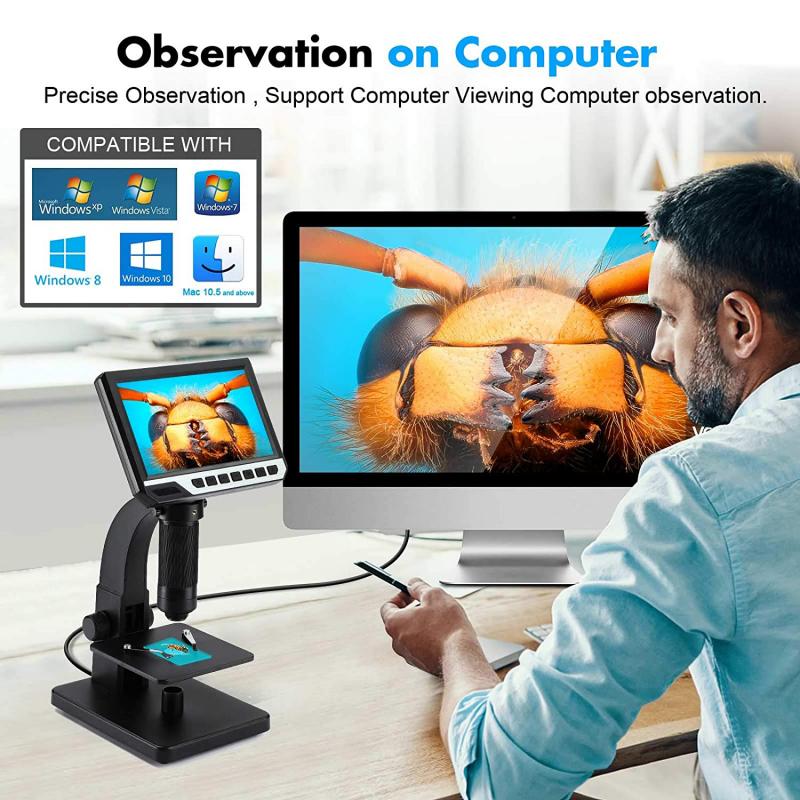
2、 Thermal imaging: Detecting heat patterns and changes in volcanic areas.
Digital cameras are widely used to monitor volcanoes due to their ability to capture high-resolution images and videos in real-time. One of the key applications of digital cameras in volcano monitoring is thermal imaging, which involves detecting heat patterns and changes in volcanic areas.
Thermal imaging allows scientists to identify areas of increased heat, which can indicate the presence of magma or changes in volcanic activity. By using digital cameras equipped with thermal sensors, researchers can capture images that highlight temperature variations in the volcanic landscape. These images are then analyzed to identify hotspots and track changes over time.
The use of digital cameras for thermal imaging in volcano monitoring has significantly advanced our understanding of volcanic processes. It enables scientists to detect subtle changes in temperature that may precede volcanic eruptions, providing valuable insights into the behavior of volcanoes. By continuously monitoring thermal patterns, scientists can better predict volcanic activity and issue timely warnings to local communities.
Moreover, digital cameras offer the advantage of real-time monitoring. With the advent of wireless technology, digital cameras can be remotely operated and transmit images and data in real-time to monitoring stations. This allows scientists to closely monitor volcanic activity from a safe distance and make informed decisions based on the latest information.
In recent years, there have been advancements in digital camera technology that further enhance volcano monitoring. For example, the development of compact and lightweight thermal cameras has made it easier to deploy them in remote and hazardous volcanic areas. Additionally, the integration of artificial intelligence and machine learning algorithms with digital cameras enables automated analysis of thermal images, improving the efficiency and accuracy of volcano monitoring.
In conclusion, digital cameras, particularly those equipped with thermal sensors, play a crucial role in monitoring volcanoes. They enable scientists to detect heat patterns and changes in volcanic areas, providing valuable insights into volcanic activity and aiding in the prediction of eruptions. With ongoing advancements in digital camera technology, volcano monitoring is becoming more efficient and effective, ultimately contributing to the safety of communities living near volcanoes.

3、 Time-lapse photography: Documenting long-term changes in volcanic landscapes.
Digital cameras are widely used to monitor volcanoes due to their ability to capture high-resolution images and record videos in real-time. One of the main applications of digital cameras in volcano monitoring is time-lapse photography, which allows scientists to document long-term changes in volcanic landscapes.
Time-lapse photography involves capturing a series of images at regular intervals and then playing them back at a faster rate, creating a video that compresses time. By placing digital cameras strategically around a volcano, scientists can continuously monitor and record the volcano's activity over an extended period. This method provides valuable insights into the behavior of volcanoes, including the frequency and intensity of eruptions, the growth or collapse of volcanic cones, and the movement of lava flows.
Digital cameras used for volcano monitoring are often equipped with advanced features such as high-resolution sensors, weatherproof casings, and remote control capabilities. These cameras can be installed in hazardous or hard-to-reach locations, allowing scientists to monitor volcanic activity from a safe distance. Additionally, some cameras are equipped with thermal imaging capabilities, enabling scientists to detect and monitor changes in temperature, which can indicate the movement of magma beneath the surface.
In recent years, advancements in digital camera technology have further enhanced volcano monitoring capabilities. For example, the integration of artificial intelligence algorithms with digital cameras allows for real-time analysis of volcanic images, enabling scientists to quickly identify and analyze changes in volcanic activity. Furthermore, the development of wireless communication systems enables remote access to camera feeds, facilitating real-time monitoring and data collection.
Overall, digital cameras, particularly through time-lapse photography, play a crucial role in monitoring volcanoes by providing valuable visual data that helps scientists understand and predict volcanic activity.
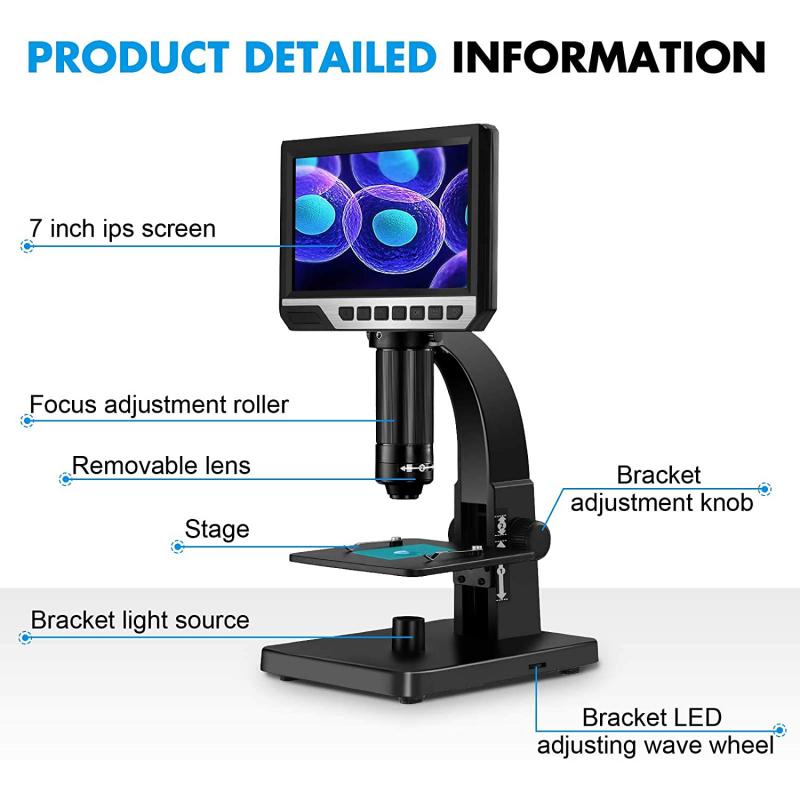
4、 Gas monitoring: Analyzing volcanic gas emissions using specialized cameras.
Gas monitoring: Analyzing volcanic gas emissions using specialized cameras.
Digital cameras have revolutionized the way volcanoes are monitored, particularly in the field of gas monitoring. Volcanic gas emissions play a crucial role in understanding volcanic activity and predicting eruptions. Specialized cameras equipped with advanced sensors and filters are used to capture and analyze these emissions, providing valuable insights into the behavior of volcanoes.
One of the primary uses of digital cameras in gas monitoring is to measure and analyze the composition of volcanic gases. These cameras are capable of detecting and quantifying various gases such as sulfur dioxide, carbon dioxide, hydrogen sulfide, and others. By continuously monitoring the gas emissions, scientists can track changes in gas composition over time, which can indicate variations in volcanic activity.
Digital cameras also enable the measurement of gas plume characteristics, such as temperature and velocity. By analyzing the movement and dispersion of volcanic gases, scientists can assess the direction and intensity of volcanic activity. This information is crucial for predicting the potential impact of volcanic eruptions on nearby communities and infrastructure.
Furthermore, digital cameras allow for the remote monitoring of volcanic gas emissions, reducing the need for scientists to be physically present near the volcano. This is particularly important in hazardous volcanic environments where direct measurements can be dangerous. By using digital cameras, scientists can monitor volcanoes from a safe distance, minimizing the risk to human life.
The latest advancements in digital camera technology have further enhanced gas monitoring capabilities. High-resolution cameras with improved sensitivity and image processing algorithms enable more accurate and detailed measurements of gas emissions. Additionally, the integration of artificial intelligence and machine learning algorithms allows for real-time analysis of large datasets, providing faster and more precise insights into volcanic activity.
In conclusion, digital cameras have revolutionized gas monitoring in volcanoes by enabling the analysis of volcanic gas emissions. These cameras provide valuable information about gas composition, plume characteristics, and remote monitoring capabilities. With the latest advancements in technology, digital cameras continue to play a crucial role in understanding and predicting volcanic eruptions, ultimately contributing to the safety and well-being of communities living near active volcanoes.
